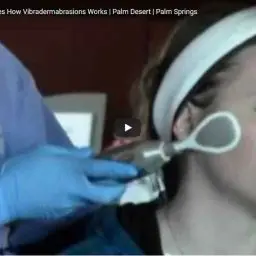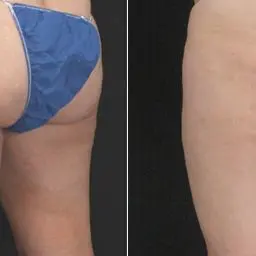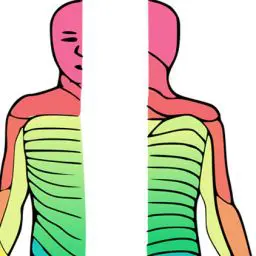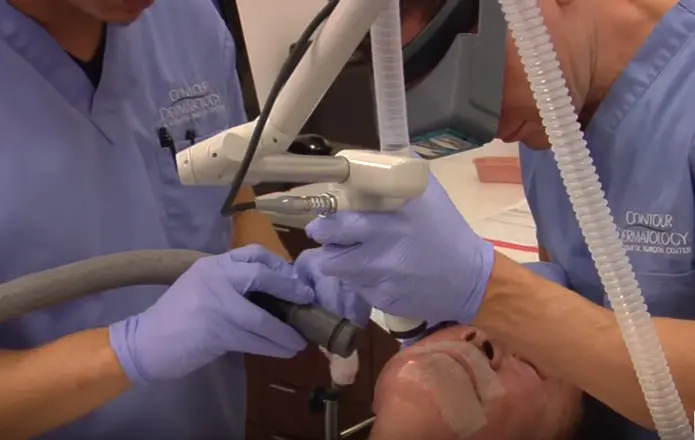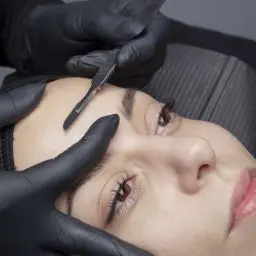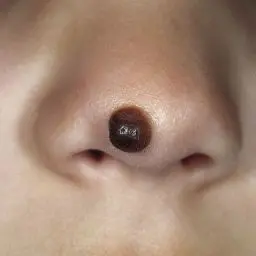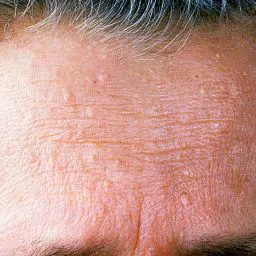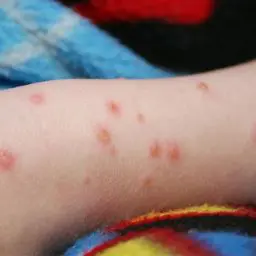Biopsy
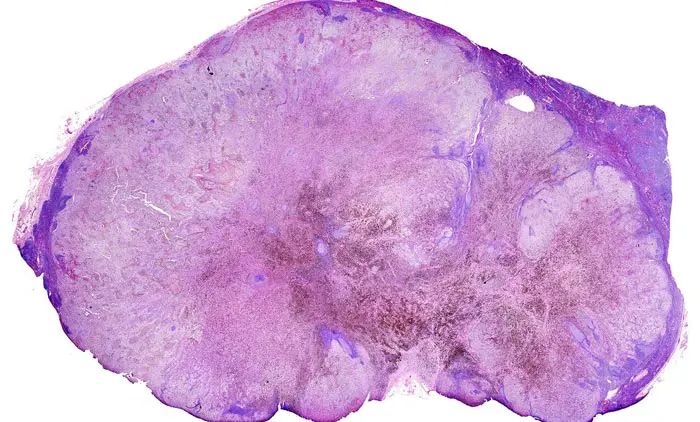
A biopsy is a sample of tissue that is used in microscopic and chemical tests to aid in the diagnosis of a disease. There are many methods used to obtain a biopsy depending on the location and nature of the tissue required. As you might imagine, it is a bit more invasive and difficult to obtain a piece of a lung mass for examination than a scraping of skin cells. After being taken, biopsies are then examined by either the doctor who took the biopsy, or, in most cases, sent to a pathologist (a kind of doctor that specializes in examining biopsies, among other things) to look for signs of disease. Biopsies are extremely useful in confirming or ruling out different diagnoses. Dermatologists take many biopsies. Fortunately, all biopsy methods used by dermatologists are only mildly invasive and carry no more risk than that of a small superficial cut. There are five main biopsy techniques used by dermatologists.
The first three fall under the category of incisional biopsy in which only a piece of the questionable tissue is removed for examination. A curette biopsy is when a special tool called a curette is used to scrape of a sample for use as a biopsy. A shave biopsy is exactly what it sounds like – a piece of the lesion is shaved off. This removes the superficial layers of the skin for examination.
A punch biopsy is done with a tool that resembles a tiny cookie cutter. It removes a small cylinder of skin that includes all levels of the skin. The wound left by this biopsy is typically closed with a single stich. In an excisional biopsy the whole piece of questionable tissue is removed. This is used when certain forms of aggressive cancer, such as melanoma, are suspected by the dermatologist. It is important to understand that a biopsy is not usually a treatment; in most cases only a piece is removed and the rest of the lesion is still present following the biopsy. A biopsy is used to diagnose and find the best way to treat the disease. In the majority of cases a biopsy is used to distinguish cancer from other more benign lesions.
The small wound left by biopsies should be cared for much like any other cut – by applying Neosporin, Polysporin, or even just plain Vaseline to the wound and keeping it covered for a week. This is to prevent a possible infection of the wound. If you or your child has skin changes that you believe warrant a biopsy, schedule an appointment with your dermatologist for evaluation.



